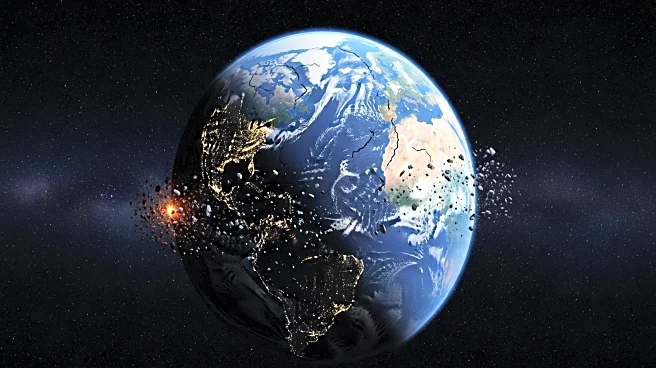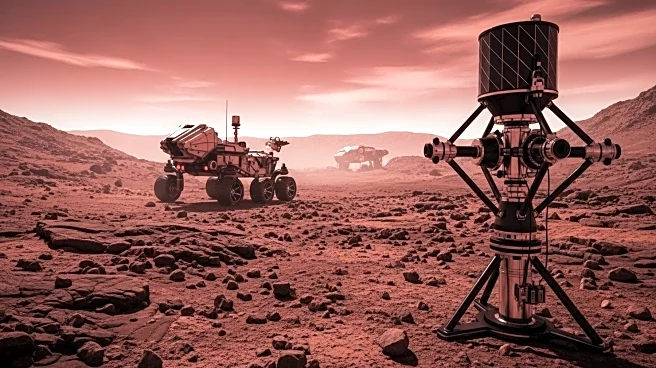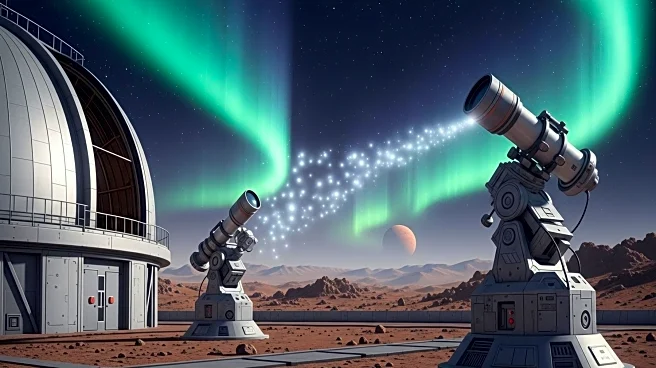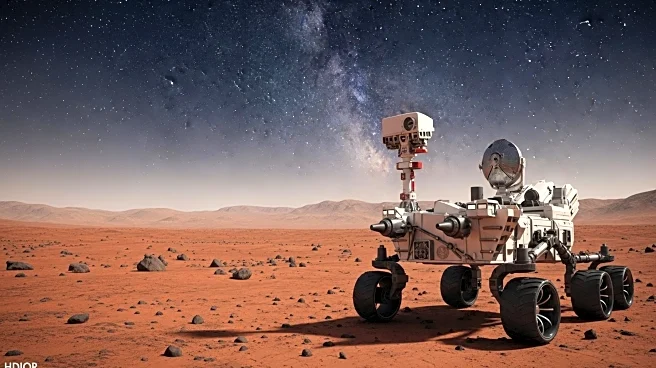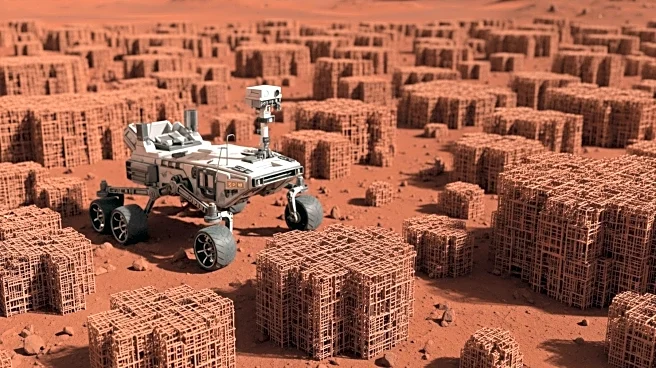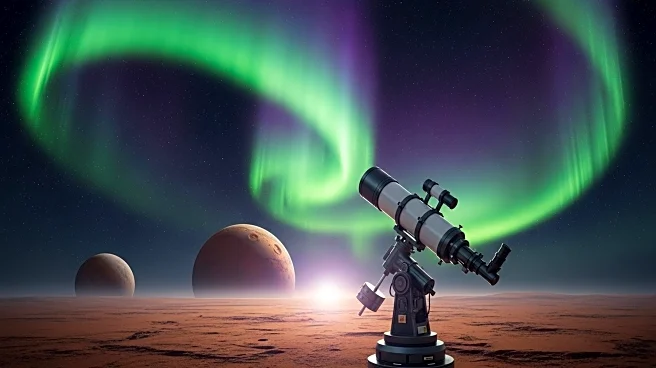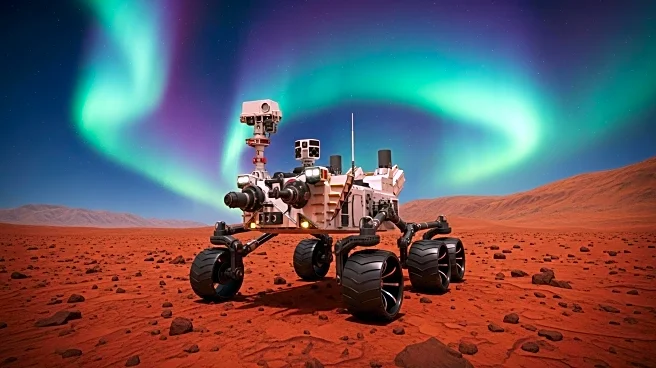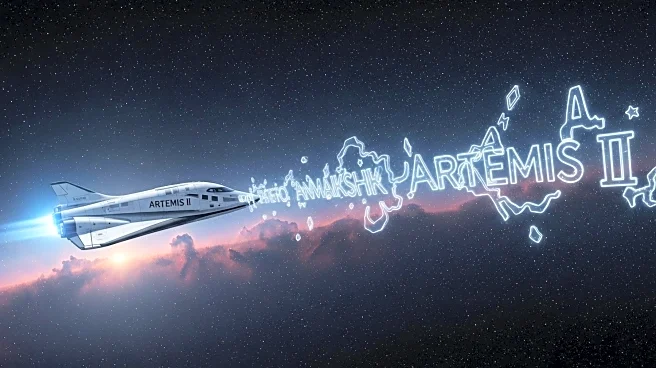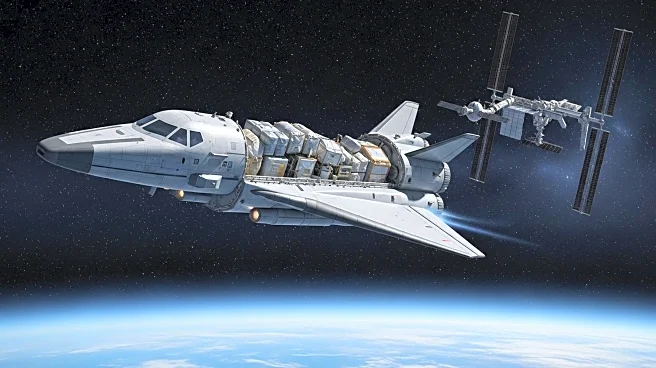What's Happening?
Recent scientific analysis reveals that Earth's mass is gradually decreasing due to atmospheric loss and cosmic dust accumulation. Each year, approximately 50,000 to 100,000 tonnes of light gases, such as hydrogen and helium, escape from Earth's upper atmosphere. This loss is partially offset by the annual gain of 40,000 to 50,000 tonnes from meteorites and cosmic dust. Despite the net decline of up to 60,000 tonnes annually, this represents only a minor fraction of Earth's total mass. Historically, the collision with a Mars-sized object, Theia, shortly after Earth's formation, increased its mass by about 10 percent, leading to the creation of the moon.
Why It's Important?
Understanding the dynamics of Earth's mass is crucial for comprehending long-term planetary changes and their implications for climate and environmental conditions. The gradual loss of atmospheric gases could influence Earth's climate systems and atmospheric composition over millennia. Additionally, the accumulation of cosmic dust and meteorites contributes to geological and environmental processes. These findings highlight the delicate balance of Earth's mass and the ongoing interactions with space, which could have implications for future space exploration and environmental studies.

